12 Free High Protein transparent PNG images
Explore our comprehensive High Protein image collection, featuring 12 free AI-generated images that showcase the world of nutrition and fitness. Browse through our diverse array of stock photos, 3D objects, vectors, and illustrations depicting protein-rich foods, supplements, and fitness-related content. All images are available in high resolution for free download, and you can utilize our 'open in editor' feature to customize prompts and regenerate images that perfectly match your vision.

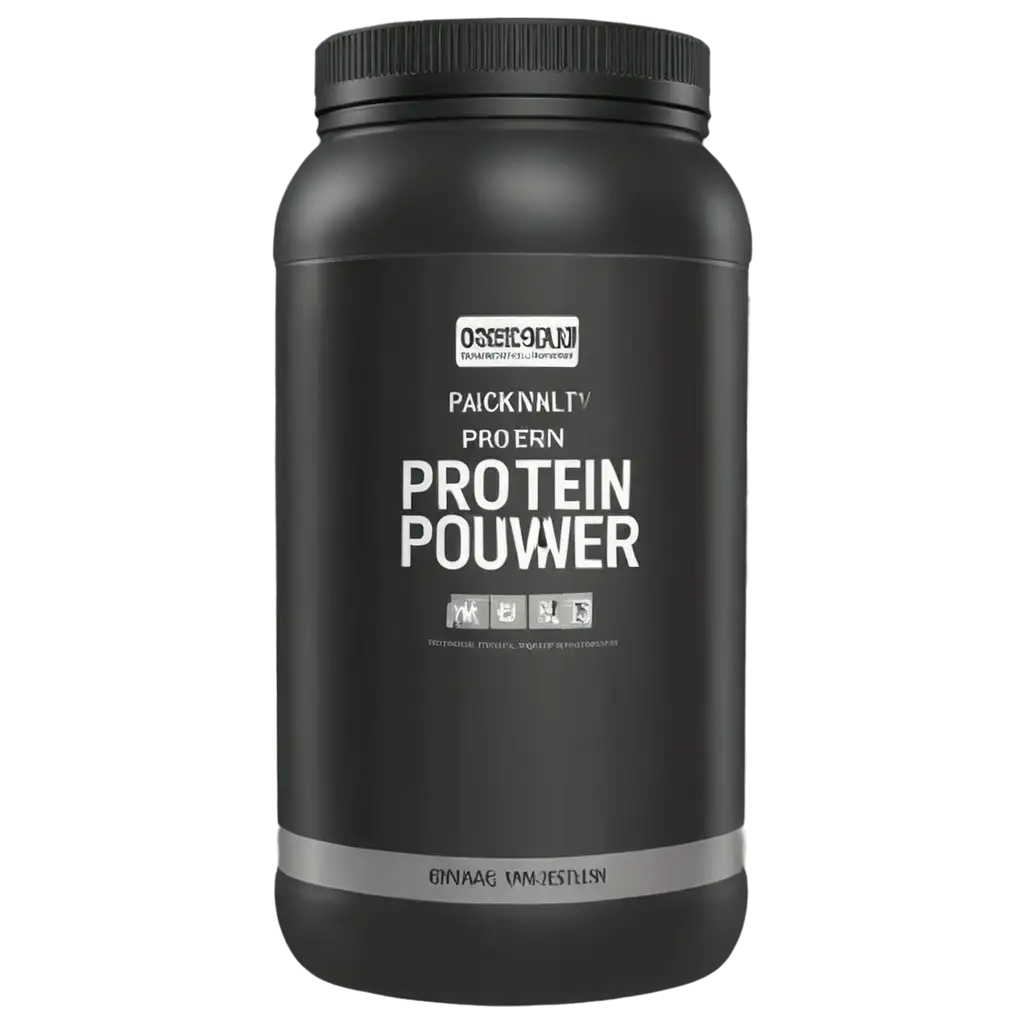
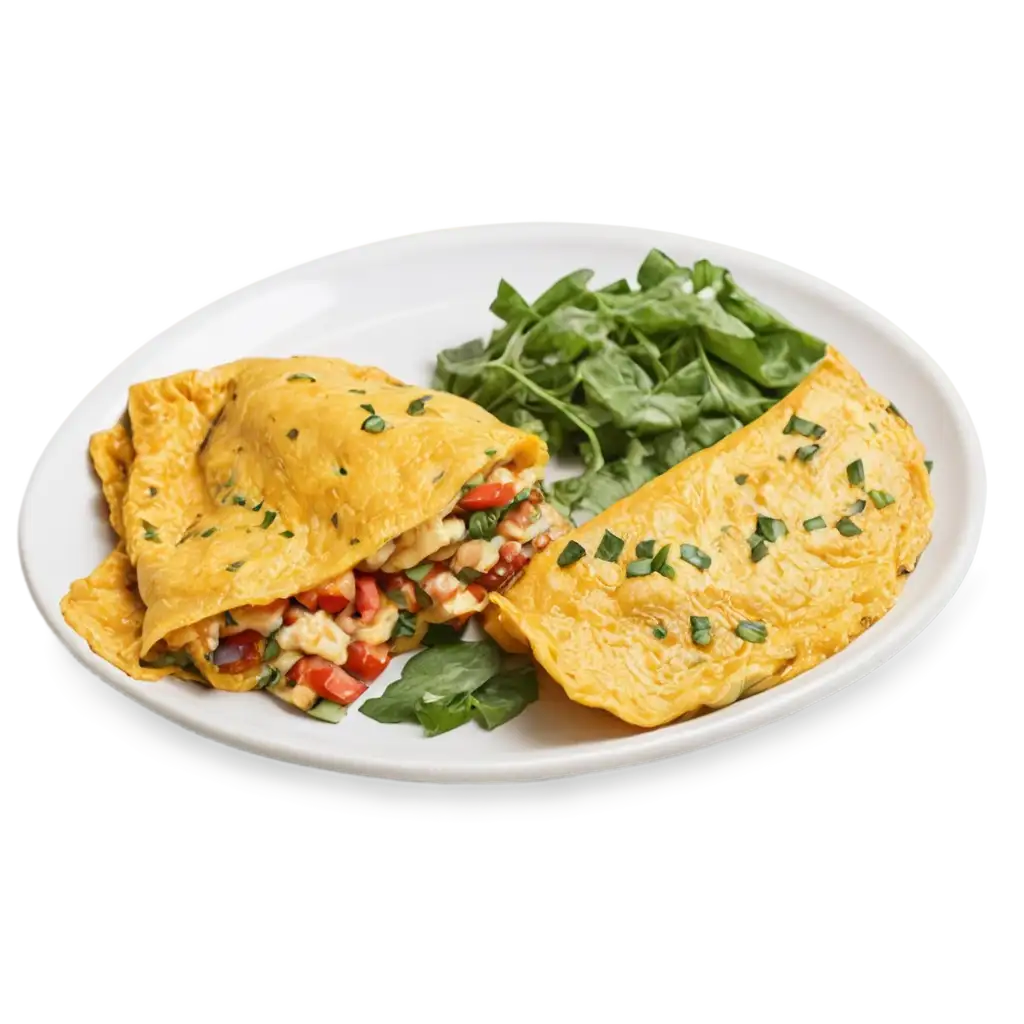
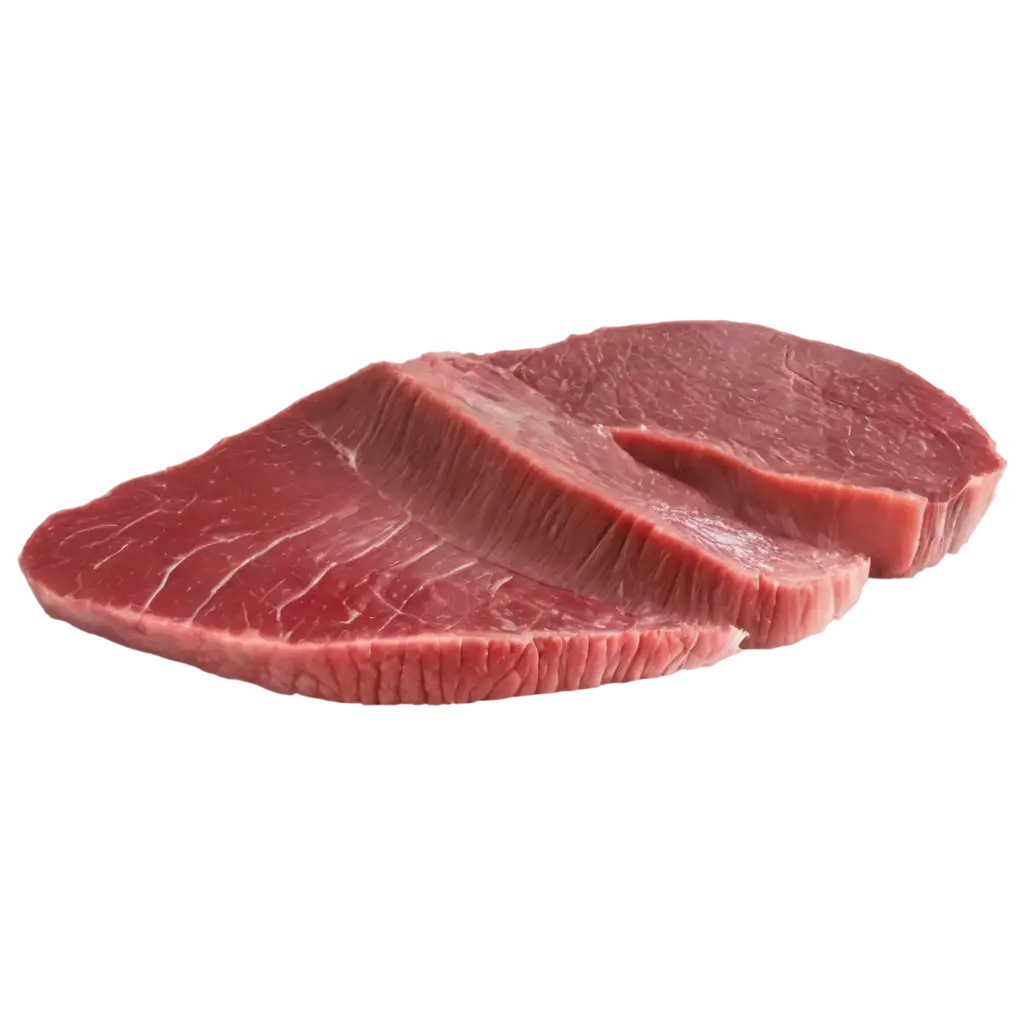

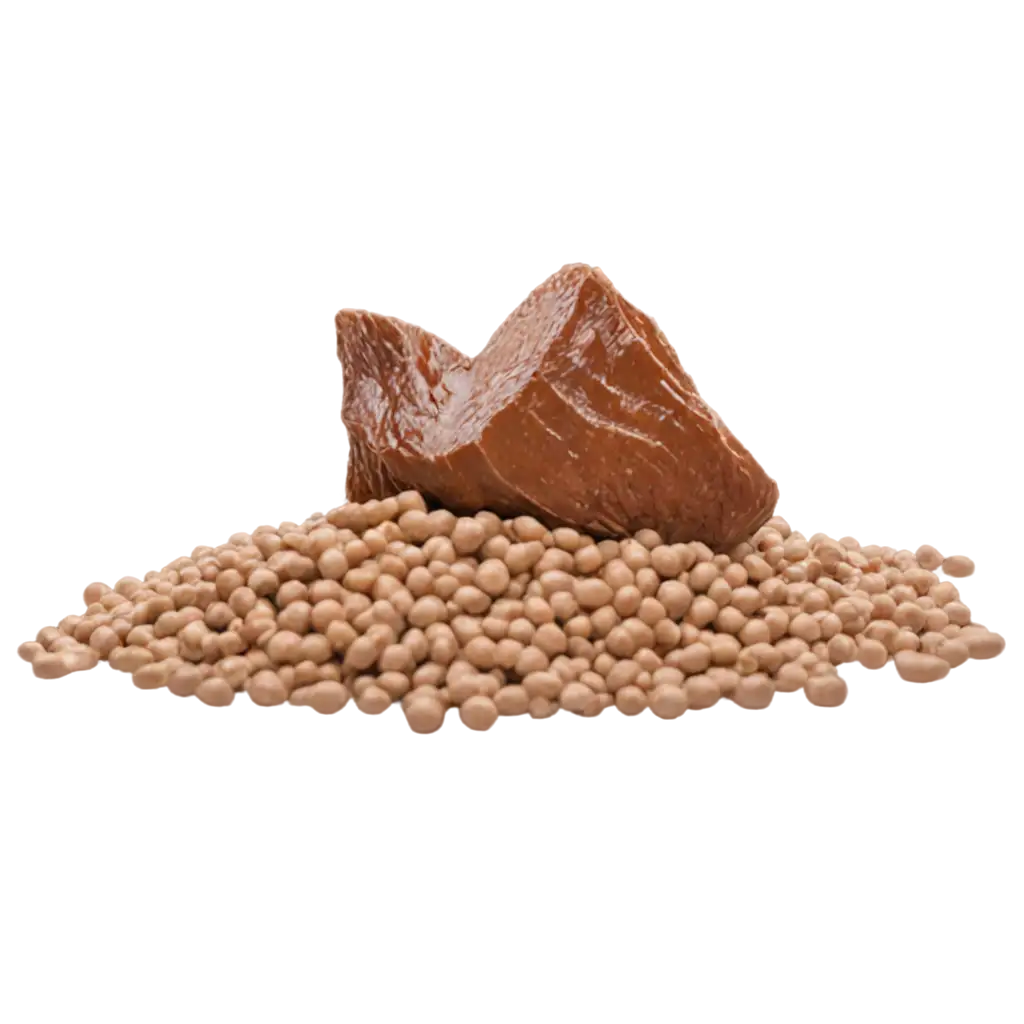
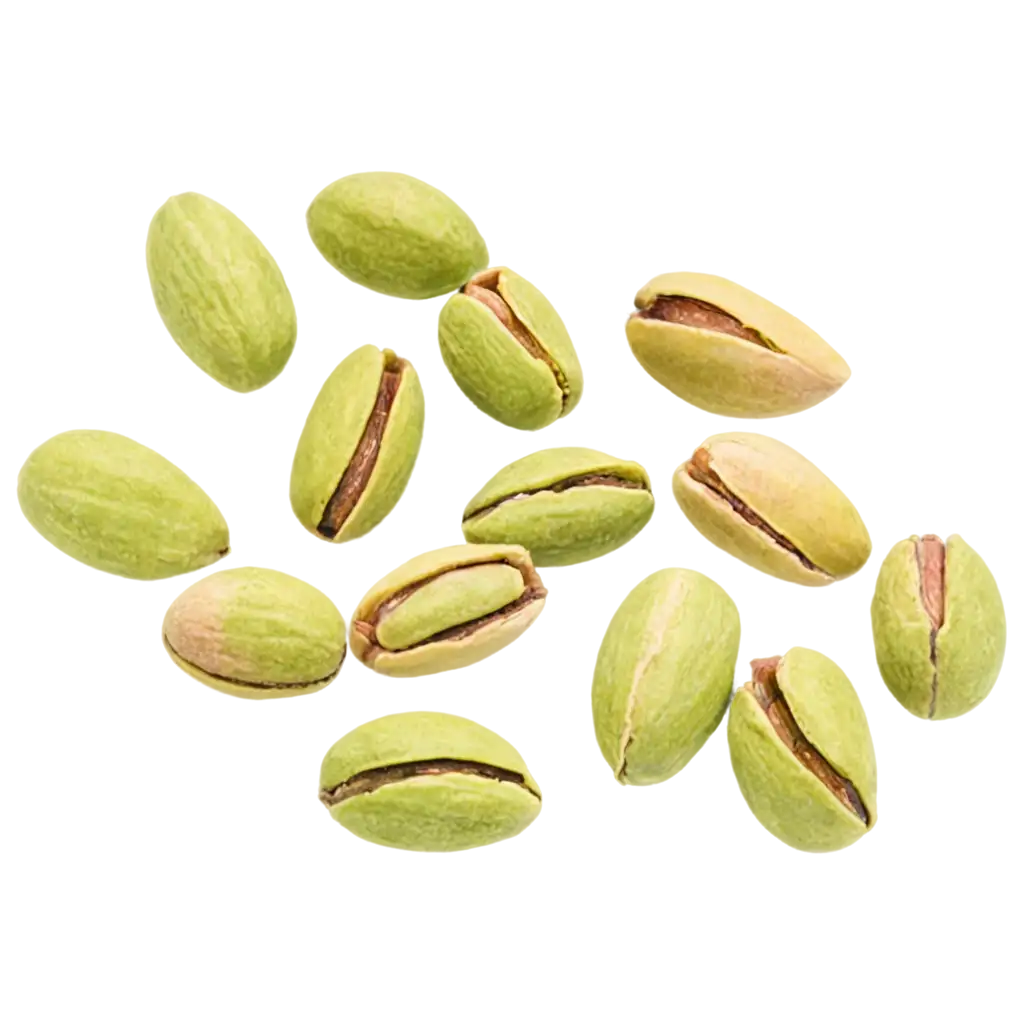
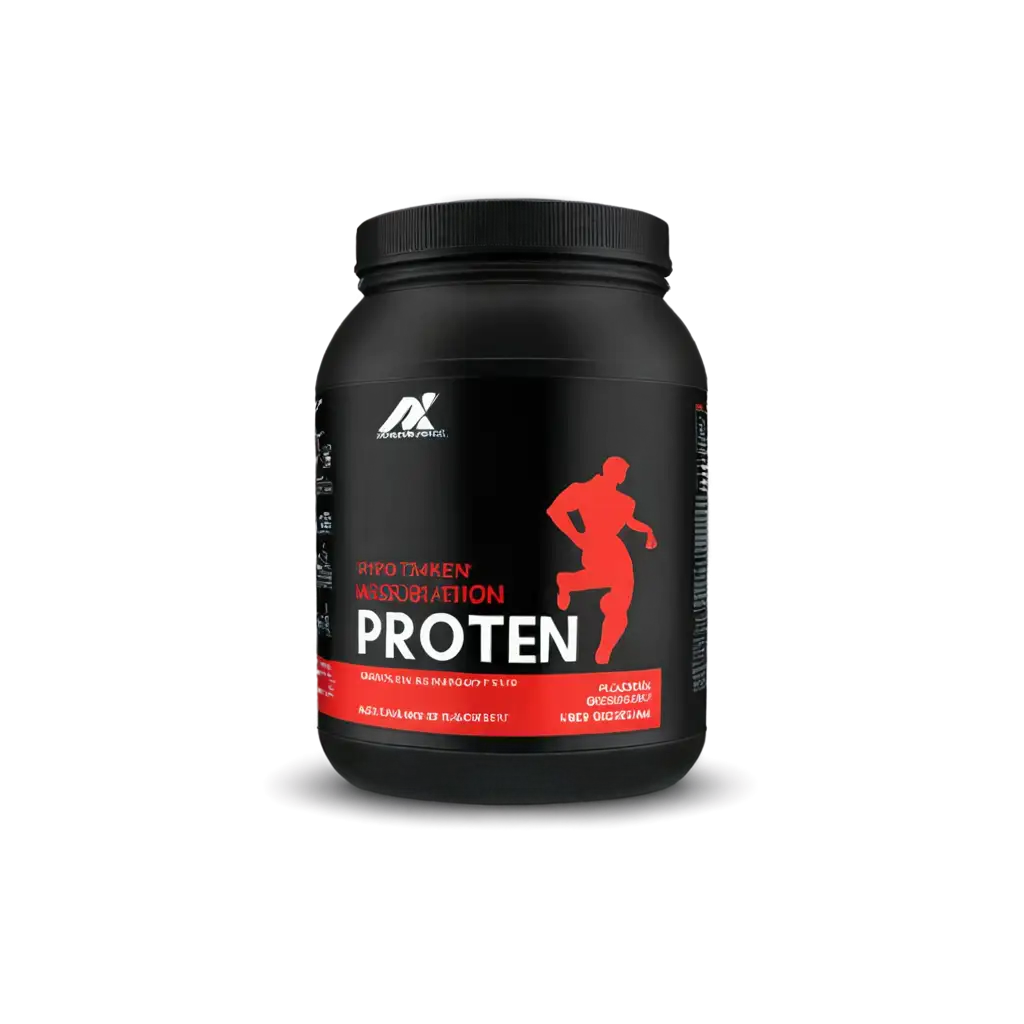
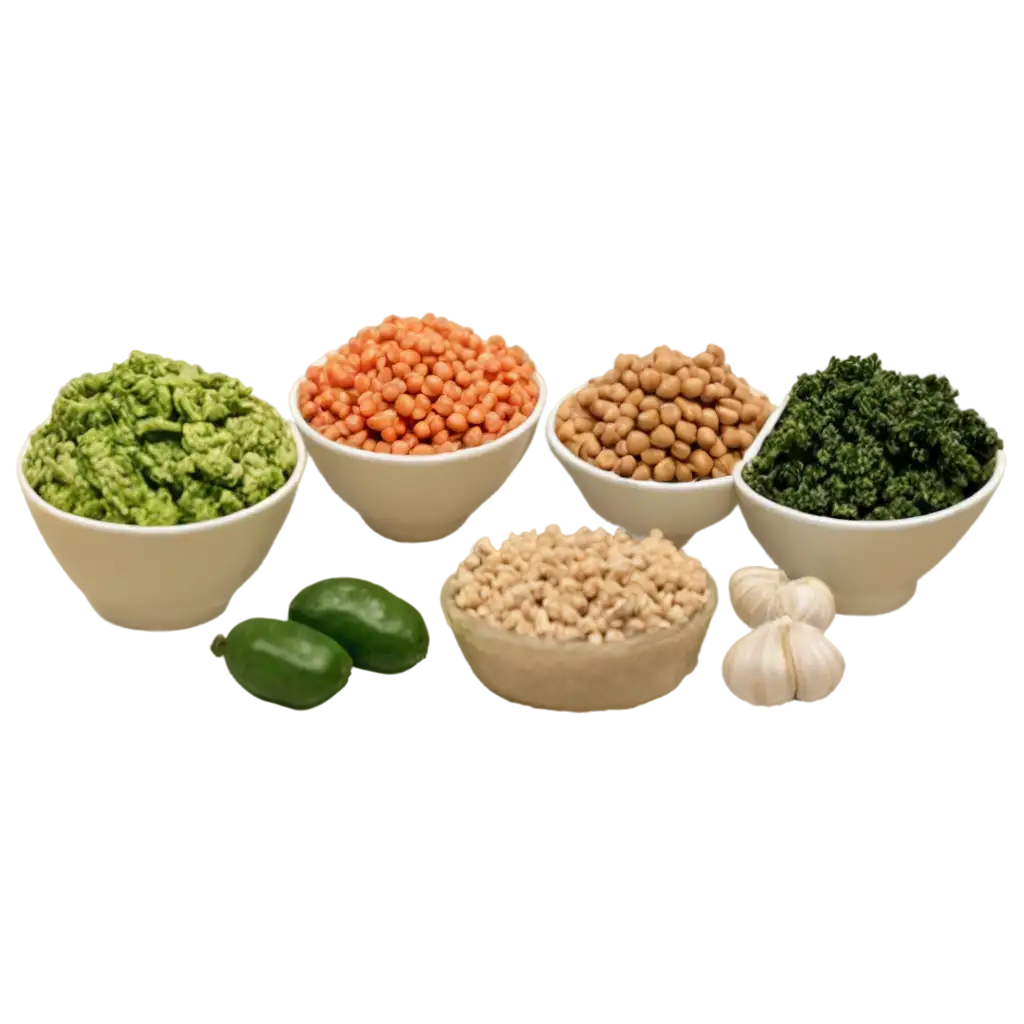
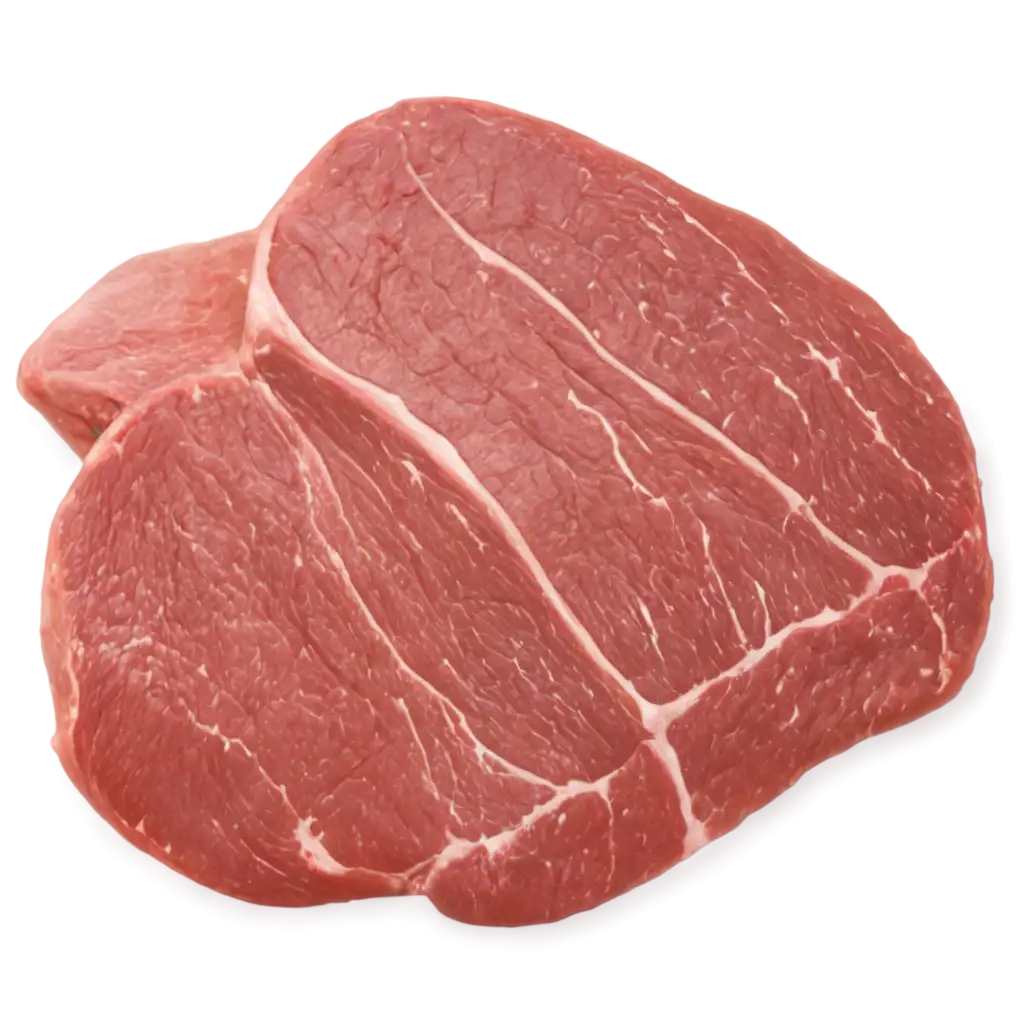
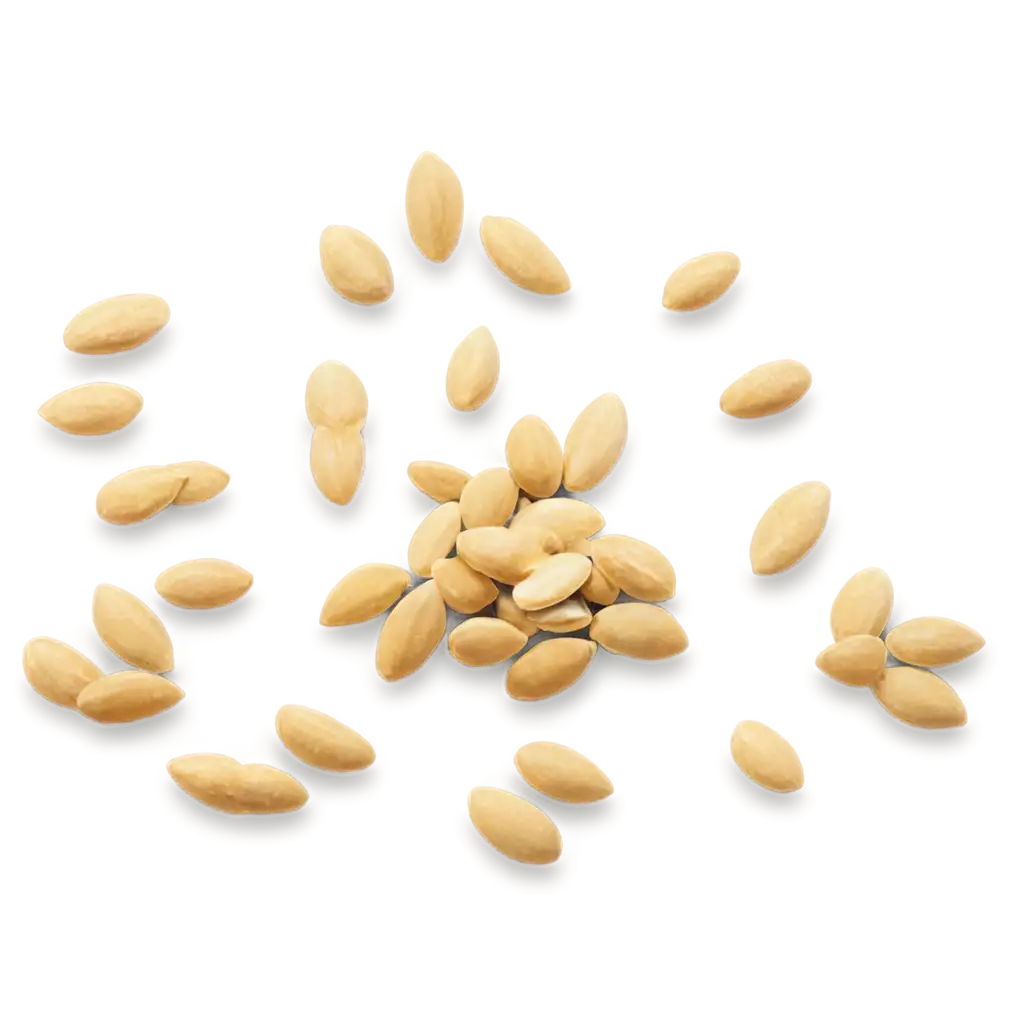
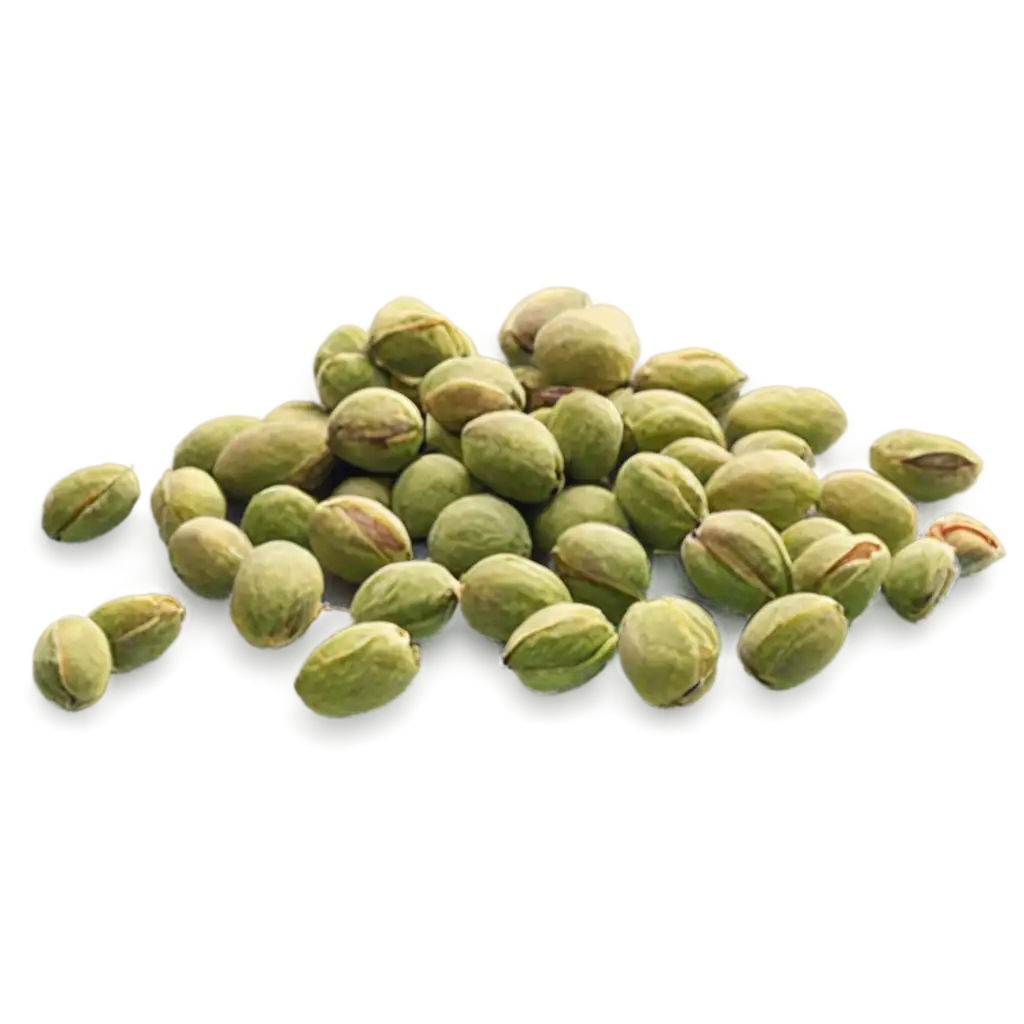
Related Tags
High protein imagery has evolved significantly with the rise of health consciousness and fitness culture. Originally limited to simple photographs of meat and eggs, modern high protein visuals now encompass a wide range of subjects including plant-based proteins, protein-rich recipes, molecular structures of amino acids, and stylized representations of protein supplements. These images play a crucial role in health education, marketing materials, and social media content, helping communicate complex nutritional information in an accessible and engaging way. The integration of AI technology has revolutionized the creation of these visuals, enabling more diverse and creative representations of protein-related concepts.
Understanding High Protein Visual Content in Modern Health Communication
High protein imagery spans multiple categories and serves various purposes in digital media. Food photography showcases protein-rich ingredients and meals, while scientific illustrations demonstrate protein structures and metabolic processes. Lifestyle photography captures fitness enthusiasts and athletes consuming protein-rich foods or supplements. Vector illustrations often feature infographics about protein sources and nutritional information. These visuals find applications in fitness apps, nutrition websites, sports supplements marketing, educational materials, and social media content for health influencers. The versatility of AI-generated images in this category allows for customization across different cultural contexts and dietary preferences, from vegan protein sources to traditional protein-rich cuisines.
Types and Applications of High Protein Images in Digital Media
Successful high protein imagery combines scientific accuracy with aesthetic appeal. Key elements include proper lighting to highlight food textures, accurate representation of portion sizes, and clear visualization of protein sources. When creating AI-generated high protein images, consider incorporating elements like steam rising from cooked proteins, detailed texture of meat fibers or plant proteins, and dynamic action shots of fitness activities. Color palettes often feature rich, natural tones for foods, clean whites for supplements, and energetic colors for fitness-related imagery. Typography and graphic elements should complement the visual content while maintaining readability of nutritional information. The trend is moving towards more inclusive representation of protein sources, catering to various dietary preferences and restrictions.
Creating Effective High Protein Visual Content
The future of high protein imagery is being shaped by emerging trends in nutrition science and digital technology. We're seeing increased demand for visuals featuring alternative protein sources like insects, lab-grown meat, and innovative plant-based proteins. AI-generated images are becoming more sophisticated in depicting molecular gastronomy and the science behind protein synthesis. Augmented reality (AR) and 3D modeling are enabling interactive experiences with protein-related content. The integration of AI technology allows for rapid creation of culturally diverse protein-rich meal presentations and personalized nutrition visualization. These trends reflect the growing interest in sustainable protein sources and the need for more engaging ways to communicate nutritional information.
Future Trends in High Protein Visual Content